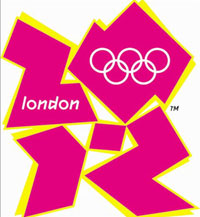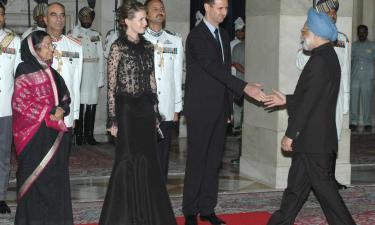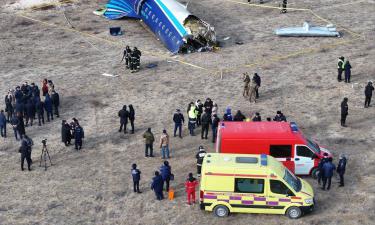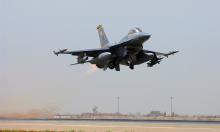London reveals design of 2012 Olympics stadium
London revealed the design of the place for the 2012 Olympic Games. Organizers say the venue presents a simple bowl-style 80,000-seat stadium intended for track and field events and the opening and closing ceremonies.

The 496-million-pound (US$1 billion; Ђ711 million) arena will include a sunken bowl featuring permanent seating for 25,000 spectators, with the remaining 55,000 seats in a temporary structure at the top.
After the Olympics, the stadium which is bordered by water on three sides will be converted to a 25,000-seat arena for track and field.
"This is the first stadium in history that only has one purpose as an Olympic stadium, because after the Olympics, it gets pulled apart," design chief Rod Sheard said. "Every other Olympic stadium, certainly in the modern times, has had to accommodate guesswork as to the future events that might be held there."
Sheard, who worked on the stadium for the 2000 Sydney Olympics, said a similar style would not work for London.
"The world has moved forward," he said. "This is not a stadium that's going to be screaming from the rooftops that it's bigger and more spectacular. This is just a clever building, a clever solution."
Sheard said the London stadium was designed around track and field to ensure its long-term legacy.
"What we're doing for the first time in London is not disinheriting athletics," he said. "Athletics are usually the guys who don't end up with the venue at the end of the games."
The stadium will have a cabled roof, independent of the rest of the stadium, covering about two-thirds of the seating areas. A fabric curtain will wrap around the perimeter of the stadium.
Food and drink stands will be located in separate "pods" just outside the main structure, rather than underneath the seating as in most stadiums.
The Olympic flame might not be attached to the stadium itself, but placed just north of the venue, Sheard said.
Ticket barriers will be on bridges connecting the stadium island to the rest of the Olympic Park. Administrative offices and entrances will be located underneath the concourse of the stadium.
Construction will begin next April and finish by the summer of 2011.
"The stadium will stand for everything we talked about in the bid: it will be inspiring, innovative and sustainable," organizing committee chairman Sebastian Coe said.
For the 2004 Athens Olympics, the existing Spiros Louis stadium was refurbished for the games. The 71,000-seat venue has retained a running track and also hosts international soccer games.
The Sydney stadium was built for the Olympics and held 110,000 in 2000. A subsequent reconfiguration altered the capacity to 83,500 in 2002 and removed the running track, allowing it to host cricket, rugby union, rugby league, soccer and Australian Rules football games.
Subscribe to Pravda.Ru Telegram channel, Facebook, RSS!





